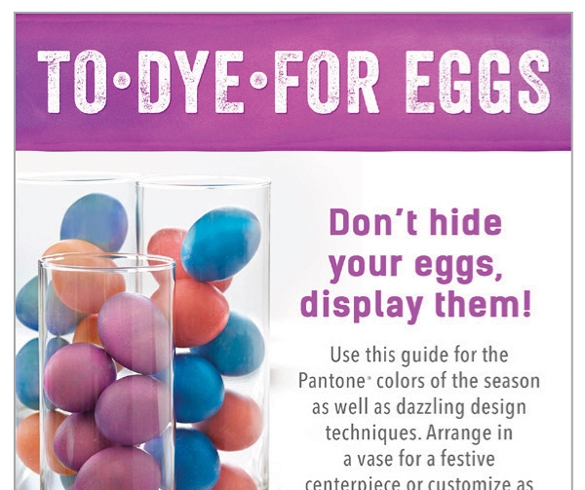
There are many great reasons to follow a regular fitness routine. After all, cardio and resistance training offer a host of health-related benefits, from lowering blood pressure and bad cholesterol, to boosting mood and reducing anxiety.
Then, there’s the role exercise can play in helping you shed — and maintain — weight. See, the number of calories you burn via physical activity, also known as the thermic effect of activity (TEA), is an important component of your total daily caloric burn. In fact, according to a review in Medicine & Science in Sports & Exercise, physical activity accounts for 15–30% of your total daily caloric expenditure.
So, if you’re looking to shed a few pounds, you may benefit from adding some good, old-fashioned exercise to your daily routine.
If you’re wondering just how much exercise you need to do in order to lose weight, we asked two experts to offer guidance:
HOW TO EXERCISE FOR WEIGHT LOSS
It may sound simplistic, but a good place to start off your weight-loss journey is with the Physical Activity Guidelines, published by the Office of Disease Prevention and Health Promotion in 2008 (new guidelines are scheduled to be released before the end of 2018). “With the amount of clients I see, it’s amazing how many people aren’t even doing these fundamental recommendations,” says Jonathan Valdez, RDN, ACE-certified personal trainer, owner of Genki Nutrition and a media representative for the New York State Academy of Nutrition and Dietetics.
Adults should be getting roughly 150 minutes (that’s 2 1/2 hours) of moderate-intensity physical activity like brisk walking or 75 minutes (that’s 1 hour and 15 minutes) of vigorous-intensity exercise like jogging or an equivalent combination of the two every week, according to the official Physical Activity Guidelines. Add at least two days of resistance exercise per week, making sure to work all the major muscle groups.
The key to staying consistent, however, is to choose activities you like. “Do what you enjoy so you don’t start to associate exercise with dread or misery,” says Alix Turoff, RDN, NASM-certified personal trainer and owner of Alix Turoff Nutrition in New York City.
If you’re a numbers person, you can take a more measurable approach. For example, if you’re trying to cut the oft-recommended 500 calories per day, you may choose to slash 250 calories via diet and burn 250 via exercise. From there, you have to decide to how and when to burn those 250 calories. Turoff recommends wearing a heart rate monitor to get an idea of how many calories you burn during different forms of exercise.
You can also check out this resource from Harvard Medical School. According to the resource, a 155-pound person can expect to burn 149 calories after 30 minutes of walking at a pace of 17 minutes per mile (3.5 miles per hour), 223 calories after 30 minutes of swimming and 298 calories after running at a pace of 12 minutes per mile (5 mph).
DON’T FORGET ABOUT FOOD
It’s incredibly difficult — though not impossible — to lose weight through exercise alone. You can manage it if you burn more calories than you consume. “You’d really have to be over-exercising, probably to a point where it becomes unhealthy,” Turoff says. For most people, the best approach to weight loss will be a combination of exercise and modest calorie restriction.
Track your daily food intake to get a sense of how many calories you’re eating and how many you should be eating for weight loss (try the MyFitnessPal Calorie Counter). Just remember that as you lose weight, your daily calorie needs change. Turoff recommends adjusting your daily calorie estimate every time you lose 10–15 pounds.
It’s worth noting exercise can affect hunger and appetite. For example, intense workouts like high-intensity interval training or long cardio sessions may cause levels of ghrelin (aka the “hunger hormone”) to dip for about an 1 1/2 hours after you’ve finished, according to a small pilot study published in the Journal of Endocrinology. Meanwhile, some people report that exercise increases their appetite, making them more likely to overeat later, “and then it might defeat the purpose of burning calories,” Turoff says. So pay attention to how your activities of choice affect your appetite. You might find it helpful to eat a small carb- and protein-rich snack (i.e., a banana and a serving of yogurt) immediately after your workout to replenish muscle glycogen (the storage form of carbohydrates), kickstart muscle repair and prevent binge-eating later.
Also, it’s important to ensure that you’re fueling with quality foods. “Exercise is the car that’s running, and nutrition is the gas that can make it run. Any type of gas can make it run, but taking the time to use the best gas will keep your car running the longest,” Valdez explains.
After all, macronutrients (carbs, protein, fat) and micronutrients (vitamins and minerals) play a vital role in fueling your workouts. For example, if you skimp on protein, you may have trouble repairing and building the muscles that were broken down during a workout, Valdez says. Or, if you cut carbs too low, your energy levels dip, leading you to fatigue early in your workout.
To keep your nutrition on-point, Valdez recommends following the 2015–2020 Dietary Guidelines for Americans. And if you’re stumped, follow-up with a registered dietitian.







